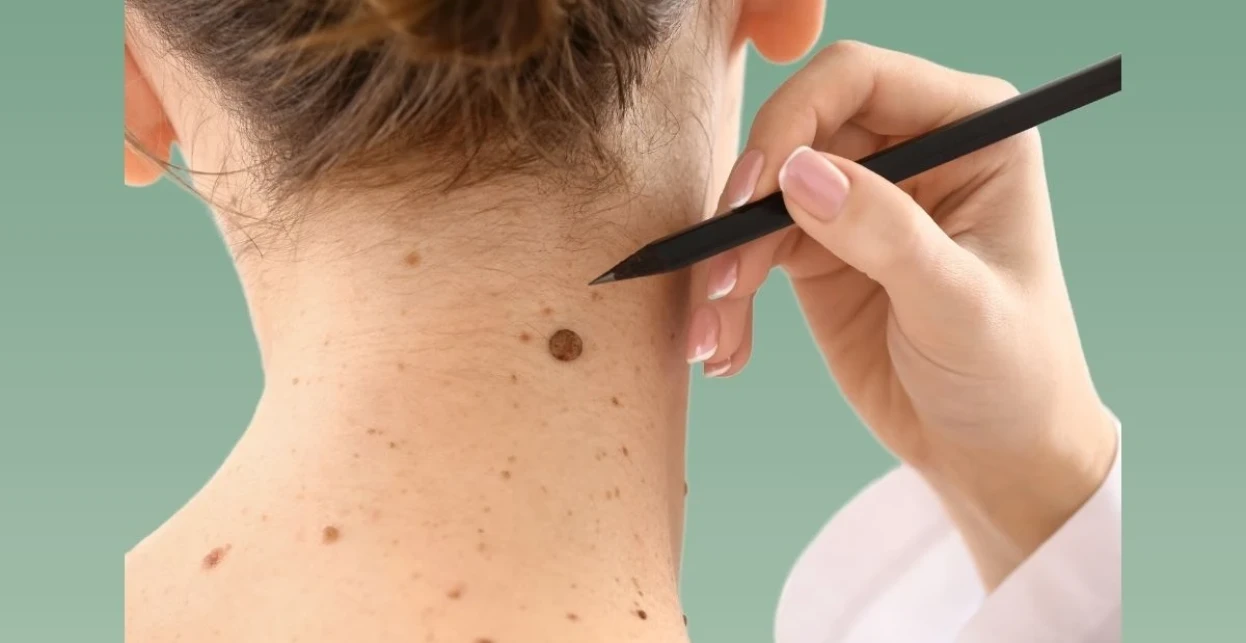Skin Cancer Treatment
Skin cancer Treatment -- which is the abnormal development of skin cellstypically occurs on skin exposed to sunlight. However, this kind of cancer can also be found on skin areas that are not normally exposed to sunlight.
There are three main types of skin cancer - the basal cell carcinoma (bcc), squamous carcinoma, and the melanoma.
You can lower the risk of getting skin cancer by restricting or eliminating any exposure to UV (UV) UV radiation. Examining your skin for any suspicious changes may help identify skin cancer at the earliest stages. The early detect of skin cancer offers you the best chance of success in treating skin cancer.
What Is Skin Cancer Treatment?
This diagram illustrates the various levels of the skin. Basal cell carcinoma is located at the base cell level of the skin. Squamous cell cancer begins in the squamous layers of the skin. Melanoma starts in melanocytes. These are cells that make melanin the pigment that gives skin its colour.
Skin is considered to be the largest organ. The skin has many layers, however the two major layers comprise those of epidermis (upper or outer layer) and the dermis (lower or inner layer). Skin cancer is a result of the epidermis. It comprises three types of cellsthree types of cells
- The cells of the Squamous family: Thin, flat cells that comprise the epidermis's topmost layer.
- Basis cells Cells that are round under squamous cells.
- Melanocytes cells that produce melanin are located in the lower portion in the epidermis. Melanin is the pigment that gives the skin its colour. When the skin is exposed to the sun, melanocytes create more pigment, causing the skin to get darker.
Squamous and basal cell carcinomas represent the two prevalent kinds of skin cancer Treatment. They start in the squamous or basal layers of the skin and then spread to the squamous layer of skin. They can be treated but they can also be ugly and costly to treat.
Melanoma is the third most prevalent kind of skin cancer treatment is a form of skin cancer that begins in the melanocytes. Out of all kinds of skin cancers, melanoma results in the most deaths due to its potential for spreading to other organs within the human body which includes vital organs.
The majority of cases of skin cancer treatment result from exposure the skin to ultraviolet (UV) UV rays emitted by sunlight, tanning beds or sunlamps. UV rays can damage skin cells. In the short-term it can lead to sunburn. As time passes, UV damage adds up and can cause changes in the skin's texture, premature aging of the skin and even skin cancer treatment. UV rays are also connected to eye diseases like cataracts.
| Cancer | Description | Illustration |
| Basal-cell carcinoma | Be aware of the pearly translucency fleshy hue tiny blood vessels in the skin and occasionally, ulceration. These may be a sign of the disease. The main word to remember is translucency. |  |
| Squamous-cell skin carcinoma | Most often, it appears as the appearance of a red, crusted or scaly bump. It is often a rapidly growing tumor. |  |
| Malignant melanoma | They are usually colored in a way that is asymmetrical in shape or distribution, and have uniform borders, colors variations that is usually larger than 6 millimeters in diameter. [23] |  |
What is the appearance of skin cancer treatment like?
We will provide information about this in the following article

Basal Cell Carcinoma (BCC)
It is the most commonly encountered kind of skin cancer treatment.
- BCC often develops in those with fair skin. Skin of different colors also suffer from this type of skin cancer.
- BCCs usually appear like an oval-shaped, flesh-colored growth like a pearl, or a pinkish skin patch.
- BCCs typically develop following many years of sun exposure or tanning indoors.
- BCCs are commonly found on the neck, head and arms. However they can also form anywhere on the body including in the abdomen, chest and legs.
- The early diagnosis as well as treatment of BCC is crucial. BCC may grow into in depth. When allowed to grow it could penetrate bones and nerves inflicting damage and disfigurement.
Squamous Cell Carcinoma (SCC) in the face
SCC is second in prevalent type of skin cancer treatment.
- People with lighter skin tend be diagnosed with SCC. The skin cancer can also be found for people with darker skin.
- SCC usually appears as the appearance of a firm red bump, scaly spot or a sore that is healed and then heals again.
- SCC is most likely to develop on skin with often sun exposure, for example the rim of the ears the neck, face and chest. and back.
- SCC can spread deep within the skin, creating damage and disfigurement.
- Early diagnosis and treatment could help to prevent SCC from becoming more severe as well as spreading to various parts within the body.
SCC could result from precancerous skin growths
Some people may develop dry skin patches, scaly patches, or spots on their skin that are called actinic keratoses (AKs) . In addition, if you're exposed to too much sun exposure, it is also caused by sun exposure. AK isn't cancer of the skin. A AK is an early-stage skin cancer that could develop into a normal kind of skin cancer called Squamous Cell Carcinoma.
- People who receive AKs typically have fair skin.
- AKs are usually found on skin, which is exposed to a lot of sun exposure, including the neck, head, hands, and forearms.
- Since an AK could turn into a skin cancer treatment, treating it is crucial.

Melanoma
- Melanoma is frequently referred to as "the most serious skin cancer treatment" because of its tendency to grow.
- Melanoma may develop inside an existing mole are dealing with. It can also show up as a sudden dark spot on your skin, which appears different from the others.
- Treatment and diagnosis early are vital.
The sources we used to write this article
Frequently Ask Questions
There are three commonly used kinds of skin cancers that are basal cell carcinoma, Squamous Cell Cancer (both are referred to as skin cancers that are not melanoma) and melanoma.
Every type of skin cancer has distinct warning signs to be aware of However, in general it is vital to pay attention to your body's health and keep track of any visible changes to your skin regardless of whether they fall within one of the list of symptoms.
Yes, the prevalence of skin cancer has increased in a steady and rapid manner throughout the past few years. One in two males and one-third of women be diagnosed with nonmelanoma skin cancer during their lives. If a patient is diagnosed with nonmelanoma skin cancer, it is a greater chance of developing additional skin cancers.
Skin cancers that are not melanoma and Melanoma, if discovered in its early stages (before it gets to the lymph nodes) are able to achieve high levels of treatment success. The primary goal of the treatment for skin cancer is to eliminate all cancerous cells. This is why the first option of treatment is surgical. The method of removal will depend on the kind size, thickness, and the location of the tumor and can usually be performed as an outpatient procedure that is, there isn't an requirement for a stay in the hospital overnight.
Treatment Types

Breast Cancer
Early detection saves lives. Schedule your mammogram today. Breast cancer is the most common cancer among women. Early detection is key to successful treatment. That's why it's important to get regular mammograms, especially if you're at high risk. Schedule your mammogram today and take the first step in protecting your health.

